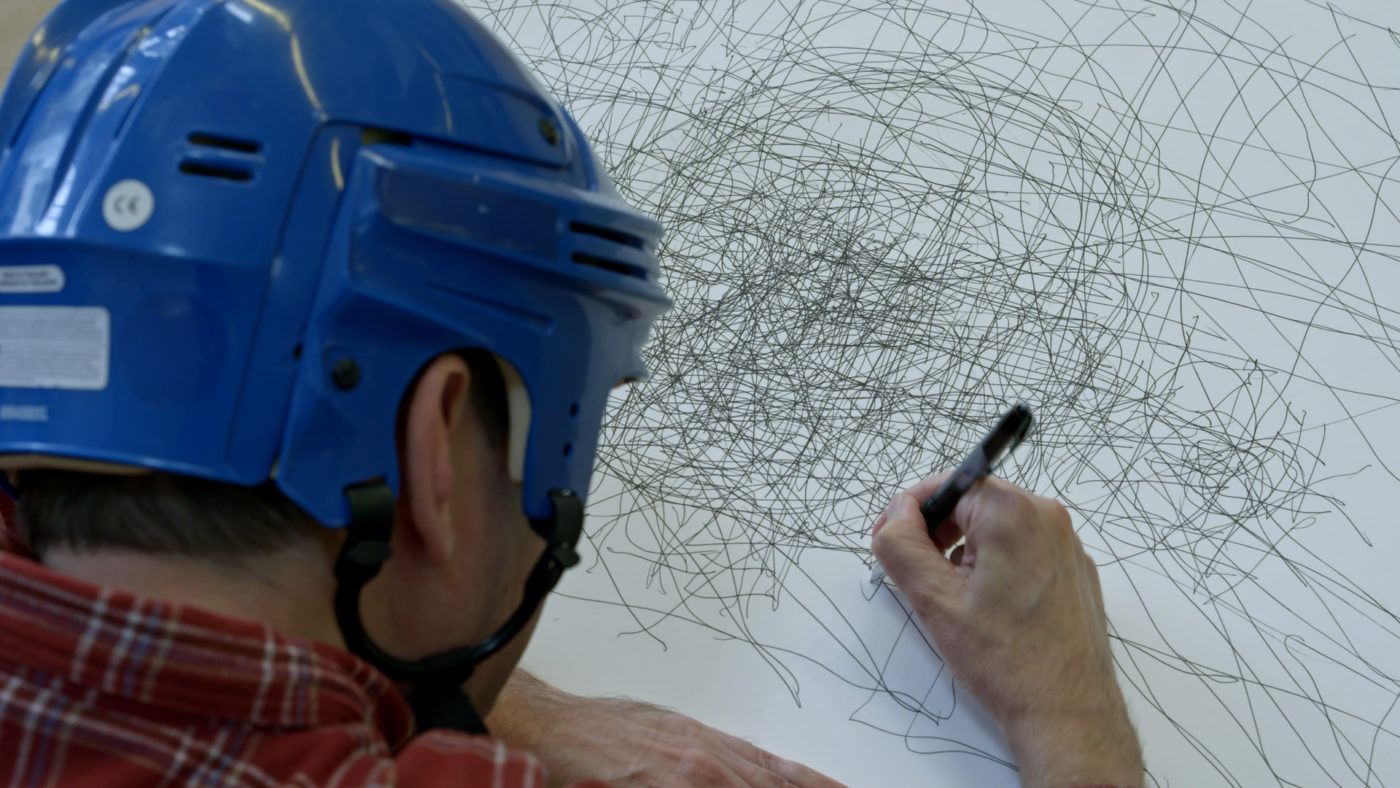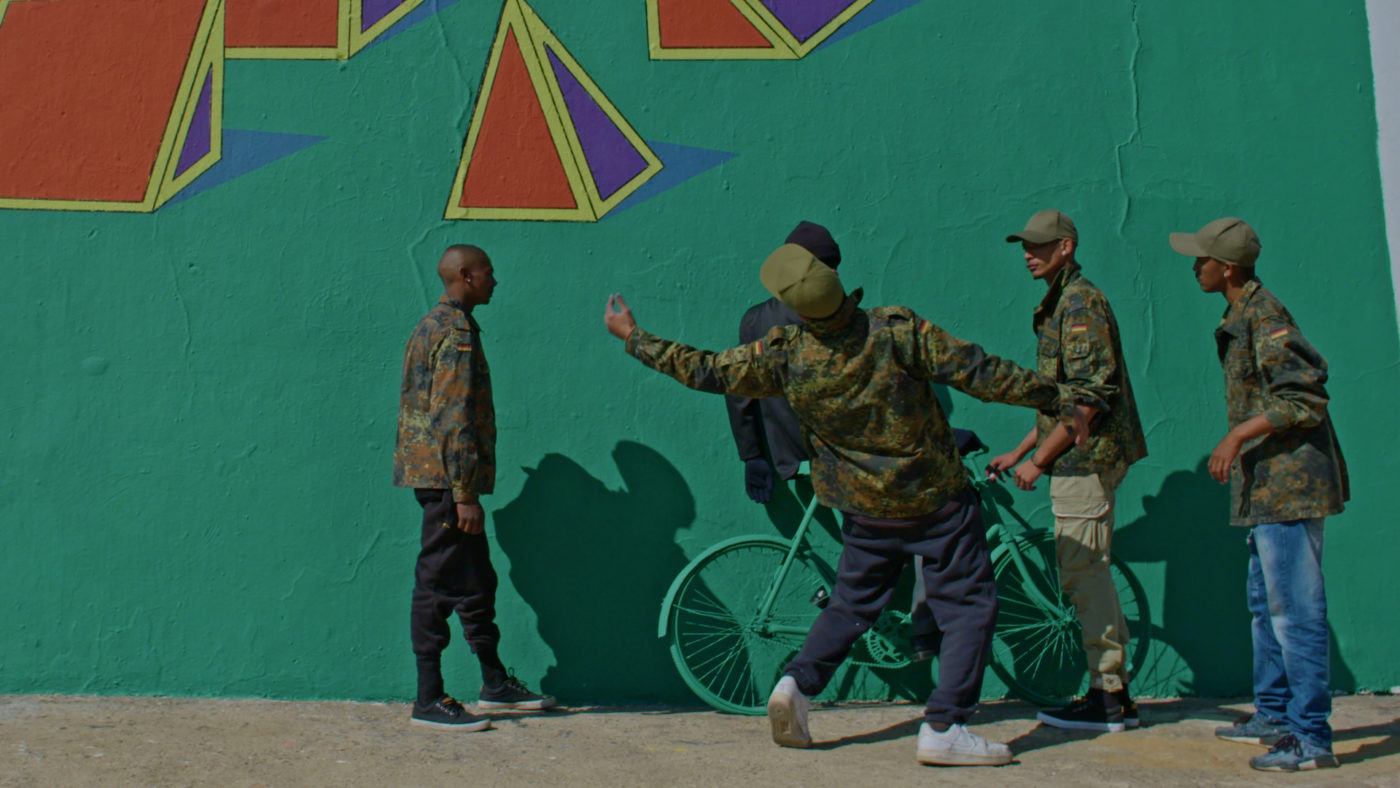Continue playing
(Time remaining: )
Play from beginning
Continue playing "{{ controller.videos[controller.getVideo(controller.currentVideo)].segmentParentTitle}}"
{{controller.videos[controller.getVideo(controller.currentVideo)].title}} has ended.
Add to WatchlistRemove from Watchlist
Add to watchlist
Remove from watchlist
Playlist
Human Touch
by Art21September 20, 2019
1:51:02 total runtime
Donate to Art21
Set up a recurring donation or make a one-time donation.











